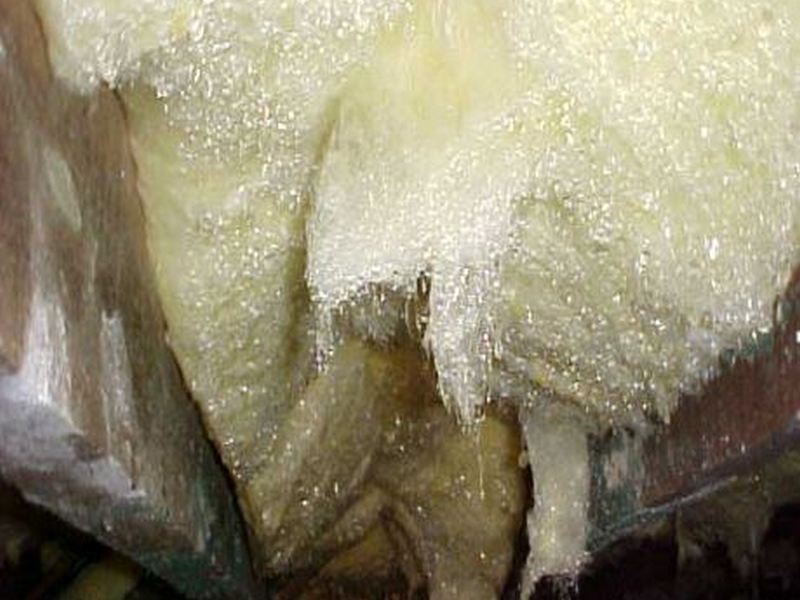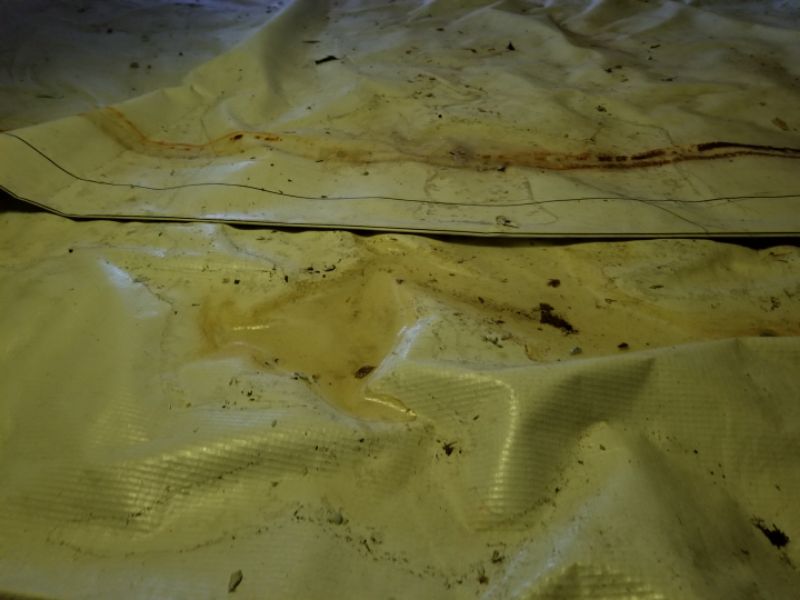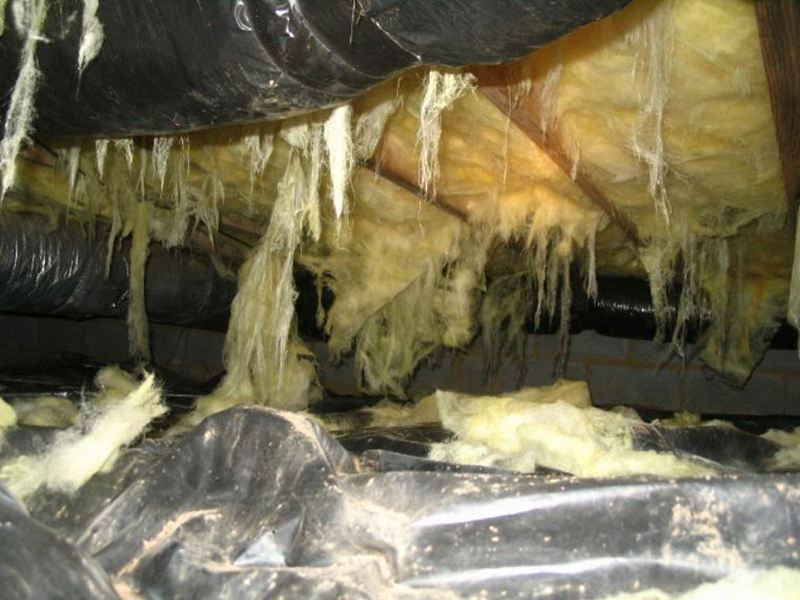Humidity control is essential for a healthy indoor environment as well as energy efficiency. Building Science has significantly changed our understanding of how this is best achieved in warm, humid climates. For those areas, venting a crawl space to the exterior, with or without a vapor retarder on the ground, is more likely to cause chronic humidity issues. “Closed” and “closed and conditioned” crawl spaces are a better solution. Traditional venting is still valid in dry climates. More information can be found at Crawlspaces.org .
Determine what humidity control approach is in place. Closed crawl spaces must be a complete commitment. A “partially” closed space will likely have more humidity problems than an open one. Look for incomplete details, e.g. insulation or vapor retarder gaps, missing weatherstripping, openings to the exterior. Any water intrusion into a closed system is a problem; basic exterior water controls must be in place. Overall, inspect for signs of chronic humidity: wood staining or growth, “stringy” fiberglass insulation, condensation overhead or on the vapor retarder.
There is not a crawl space vapor retarder. This will raise the humidity and is conducive to moisture related problems. Install a vapor retarder.
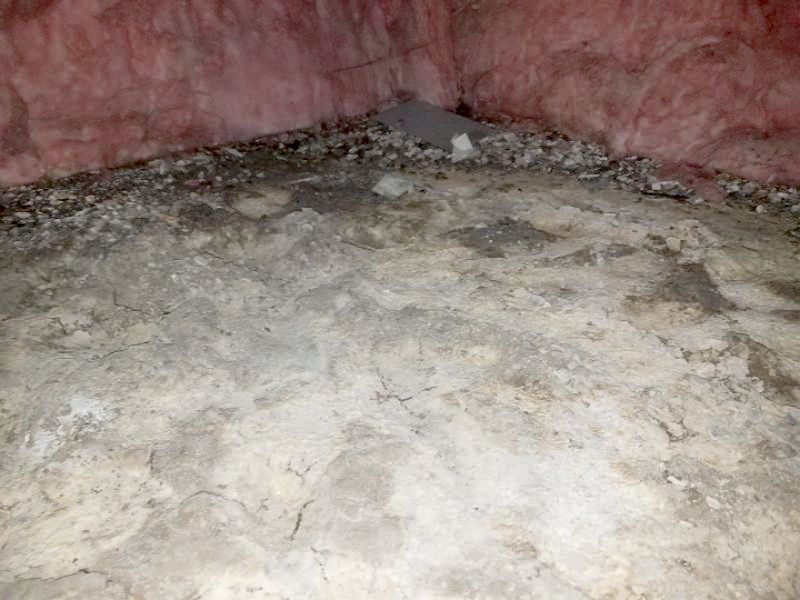

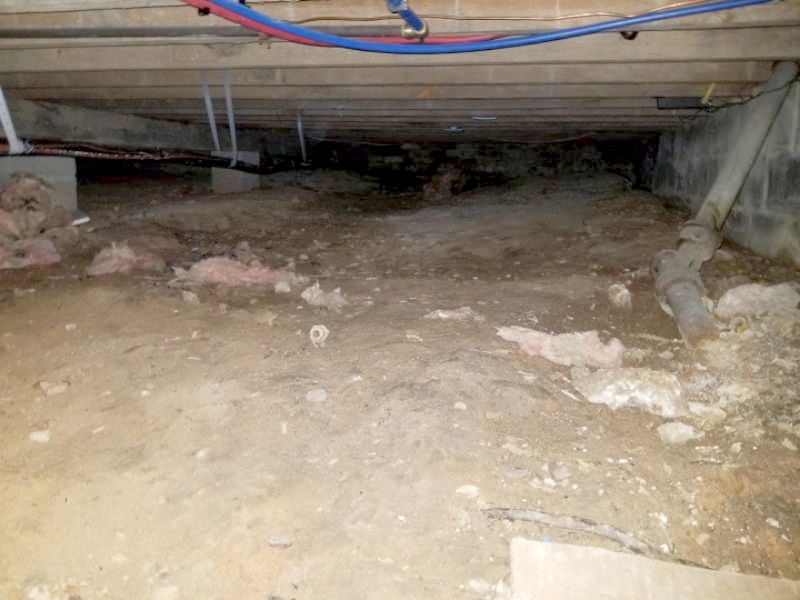
The crawl space vapor retarder does not cover all areas. This will raise the humidity and is conducive to moisture related problems. Install the vapor retarder over all areas.

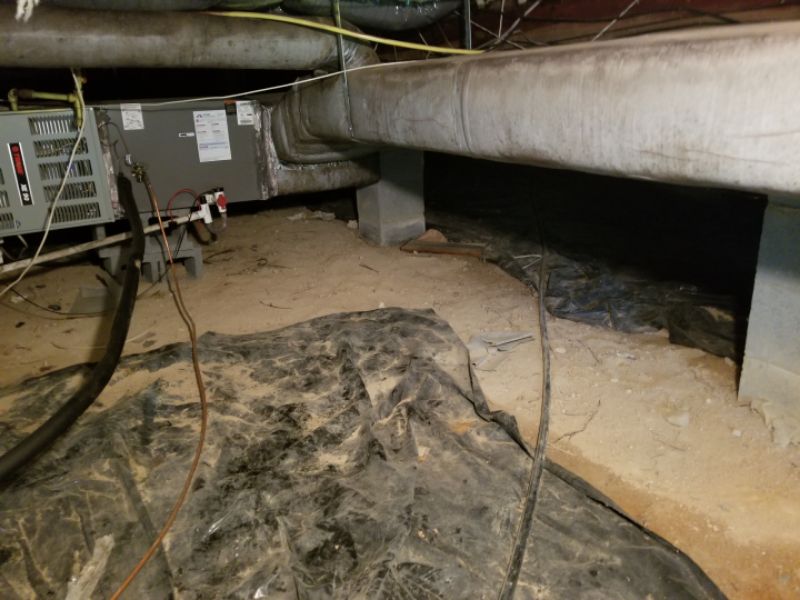
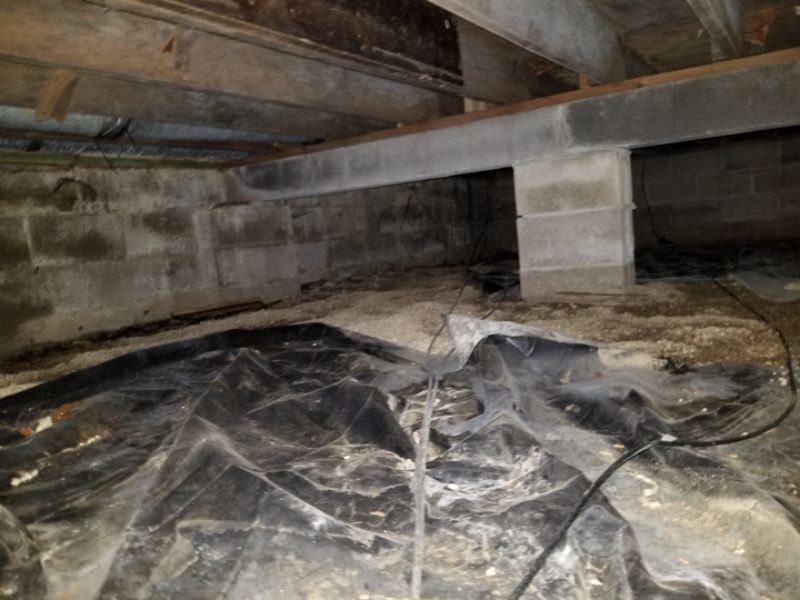
The crawl space vapor retarder is damaged. This will raise the humidity and is conducive to moisture related problems. Repair or replace the vapor retarder.


The vapor retarder in the closed crawl space is in poor condition. This is a special concern in a closed system for preventing moisture related problems. Repair or replace the vapor retarder.

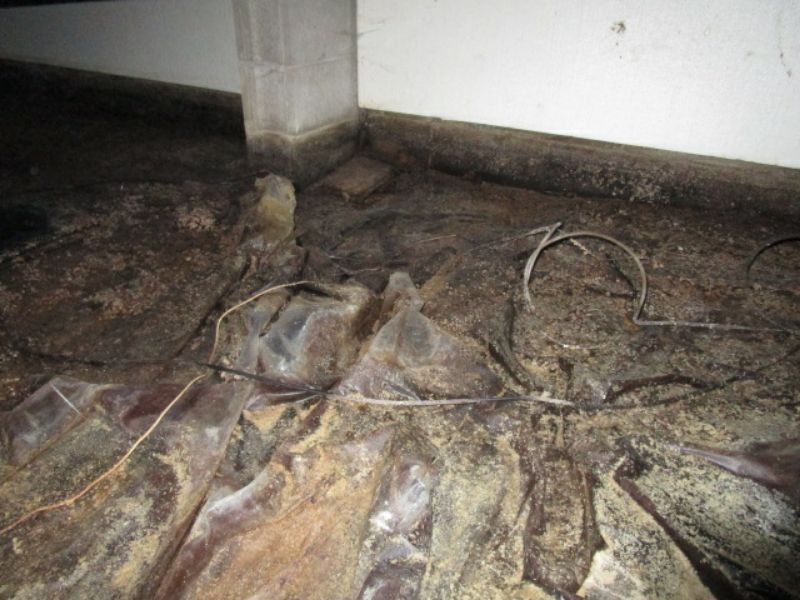
There are gaps in the closed crawl space’s wall insulation. This can allow outside air to enter and will have a negative effect on the overall performance of the system. Repair and seal the gaps.
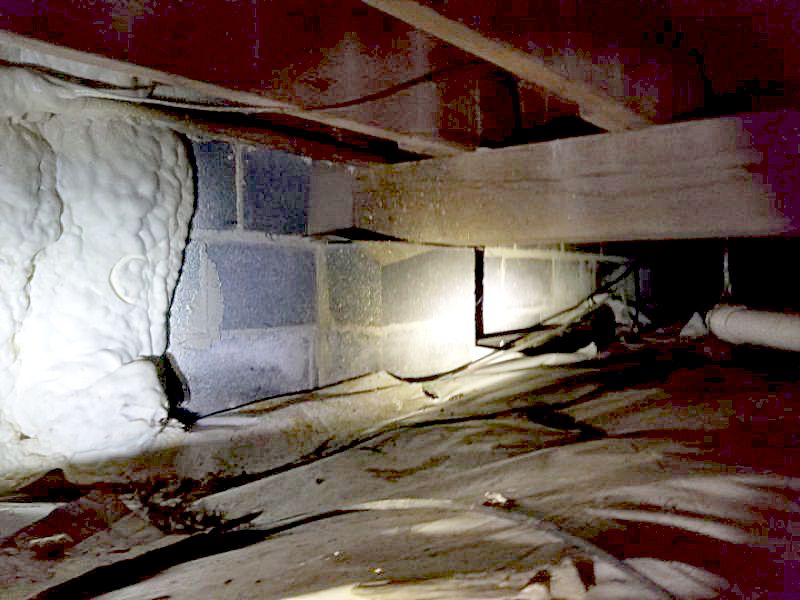
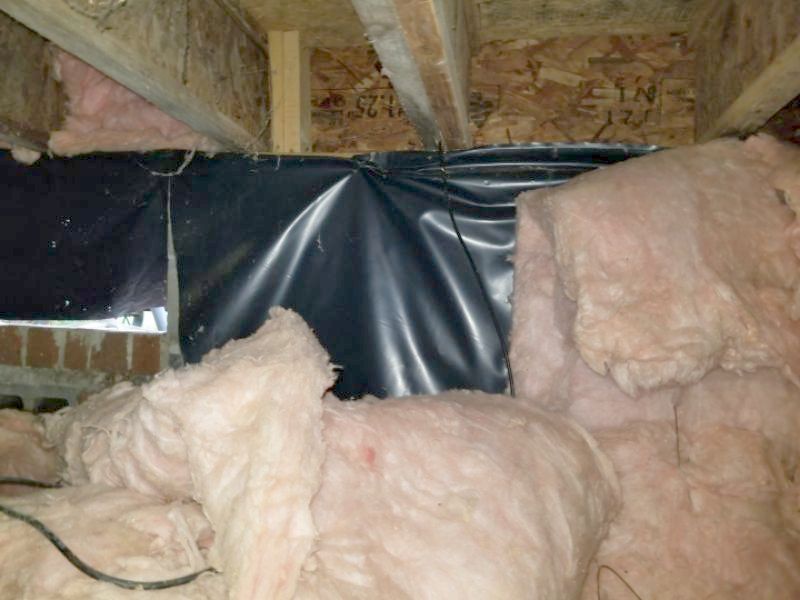
The closed crawlspace’s wall insulation does not have a gap at the top to allow for a visual inspection of the foundation. This prevents a thorough inspection for wood destroying insects. Repair or replace the insulation as needed.
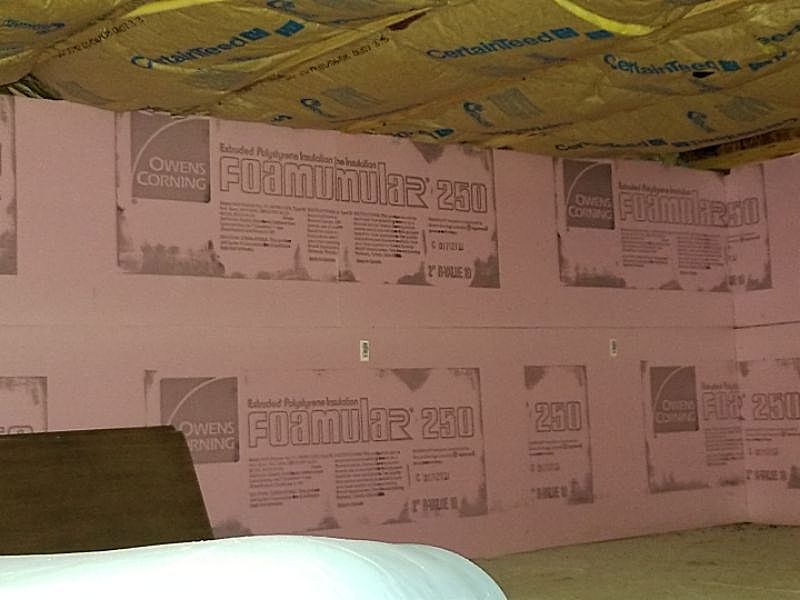
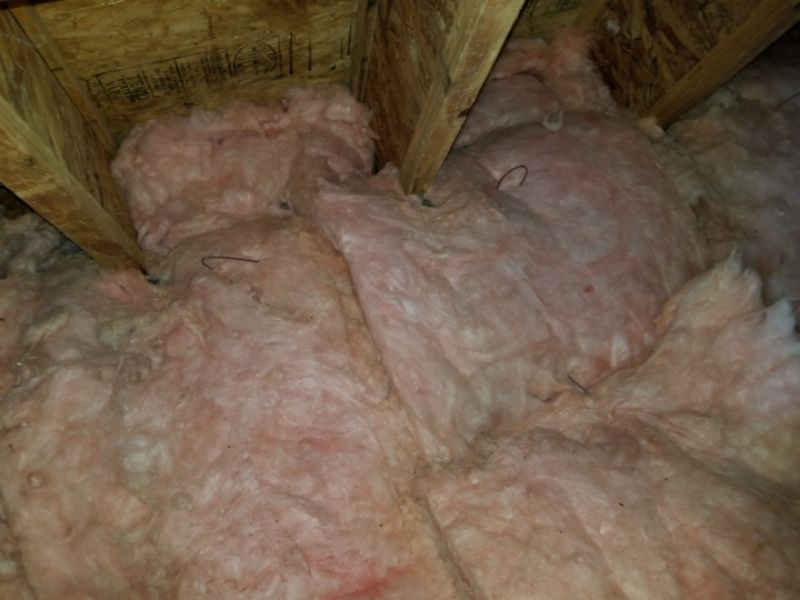
The conditioned crawl space’s access door does not have a weather-strip. This can allow exterior air to enter, which will diminish the system’s performance. Install a weather strip.
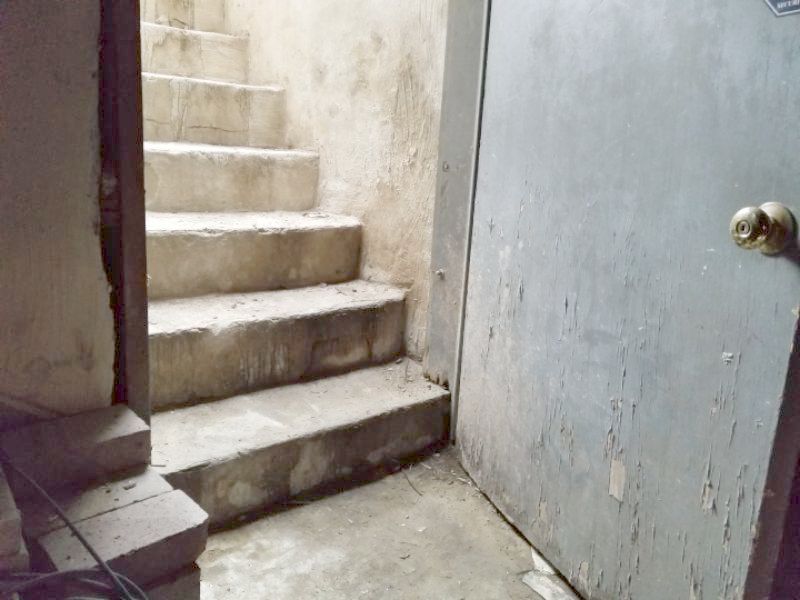
The crawl space is neither fully open or a “closed” system. This partial approach is likely to cause significant moisture related and environmental problems. Hire a contractor for an evaluation and to make repairs or upgrades as needed.
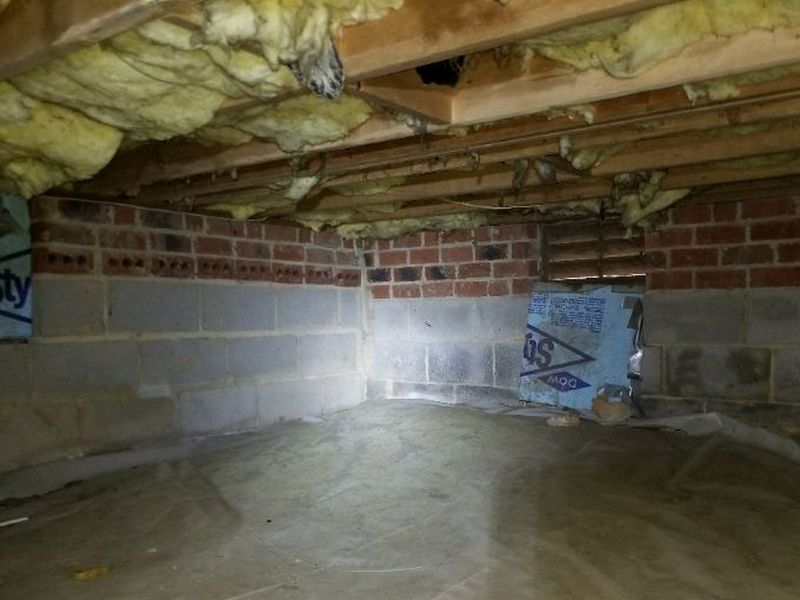
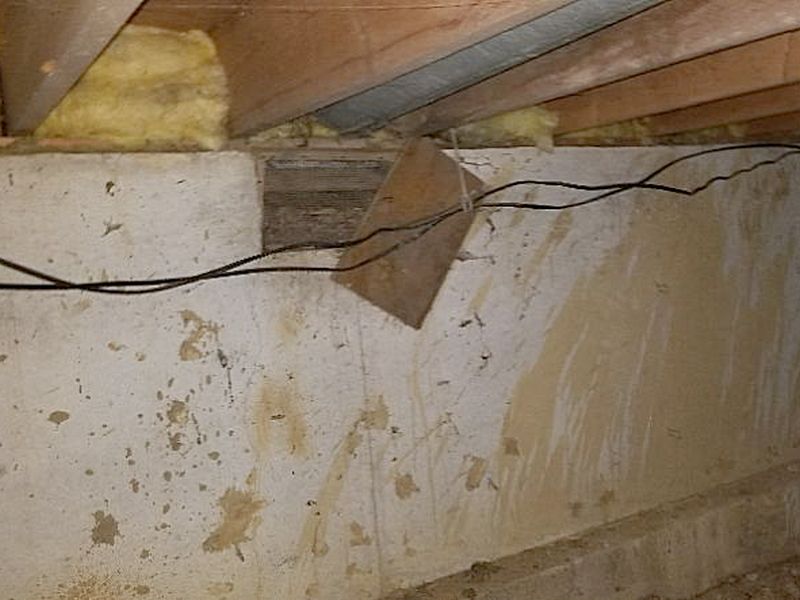
There is excessive moisture in the crawl space. This can cause structural damage and health concerns. The source of the moisture must be identified. Hire a contractor for an evaluation and to make repairs or upgrades as needed.
